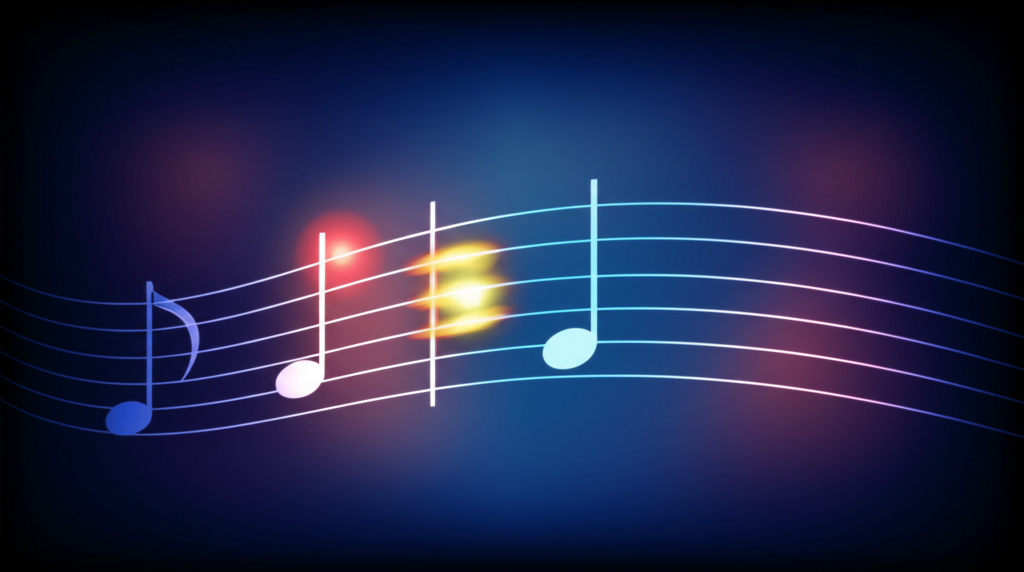The 6/9 Chord: A Comprehensive Guide
Introduction to the 6/9 Chord
The 6/9 chord is a beautiful and versatile extended chord that adds color and richness to music. It is commonly used in jazz, pop, and classical music to create a lush, open sound. This chord combines the intervals of a sixth and a ninth above the root, giving it a unique tonal quality.
Historical Context and Musical Significance
The 6/9 chord has roots in early 20th-century jazz, where musicians began experimenting with extended harmonies. It became a staple in the jazz standards of the 1930s and 1940s, often used to add sophistication to simple progressions. Composers like George Gershwin and Duke Ellington frequently employed 6/9 chords in their works.
Technical Construction of the 6/9 Chord
The 6/9 chord is built by adding the 6th and 9th intervals to a major triad. The formula for a 6/9 chord is:
- Root (1)
- Major third (3)
- Perfect fifth (5)
- Major sixth (6)
- Major ninth (9)
For example, a C6/9 chord includes the notes C, E, G, A, and D.
Practical Applications and Examples
The 6/9 chord is widely used across various genres:
- Jazz: Often used as a substitute for major seventh chords to create a brighter sound.
- Pop: Adds a dreamy, floating quality to ballads and love songs.
- Rock: Used in softer rock tunes to provide harmonic depth.
- Classical: Found in impressionist music to evoke a sense of openness and space.
Progressive Exercises
Here are some exercises to help you master the 6/9 chord:
- Play a 6/9 chord in all 12 keys on the piano or guitar.
- Practice voice leading by moving from a 6/9 chord to a dominant seventh chord.
- Use the 6/9 chord in a ii-V-I progression in jazz.
- Compose a short piece using 6/9 chords as the primary harmony.
Common Usage in Different Genres
The 6/9 chord is a favorite among musicians for its versatility. In jazz, it often appears in standards like "Autumn Leaves." In pop, artists like The Beatles and Stevie Wonder have used it to great effect. Classical composers like Debussy and Ravel used 6/9 chords to create ethereal soundscapes.
Conclusion
The 6/9 chord is a powerful tool for any musician looking to expand their harmonic palette. Its rich, open sound can add depth and emotion to any piece of music. By understanding its construction and applications, you can incorporate this chord into your playing and compositions with confidence.
